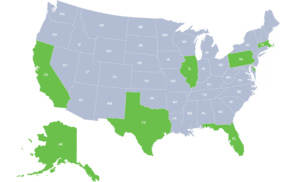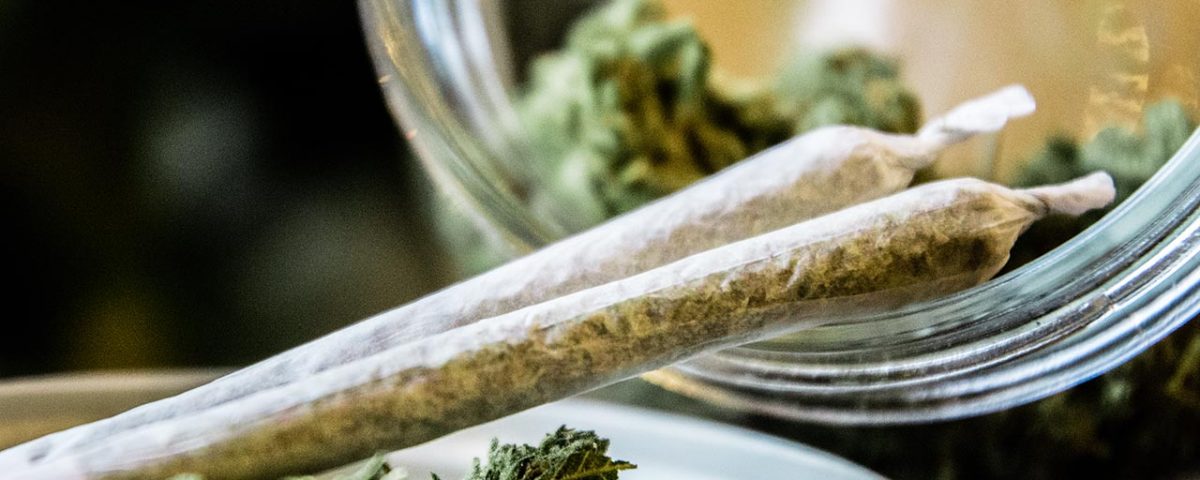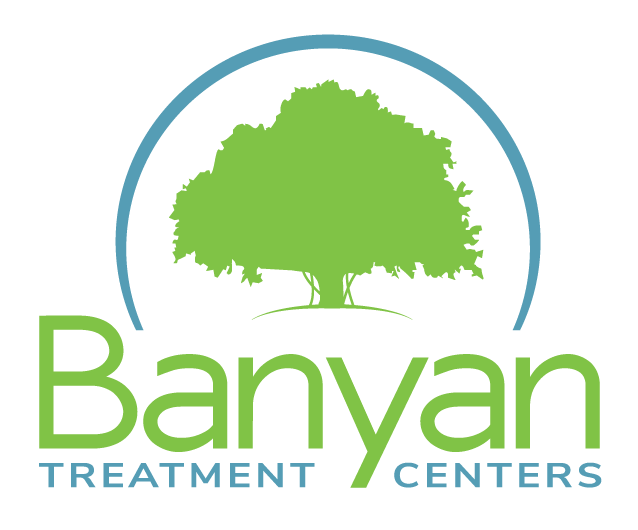With high THC strains reaching almost 100%, today’s cannabis products are making teens and young adults highly dependent and dangerously ill. There are forms of marijuana use that have become especially popular among teens, including dabbing, a method of inhaling high levels of THC. Dabs are made of concentrated butane hash oil and contain high levels of THC, the active ingredient in marijuana. Most people dab by placing hash oil in vaping devices. Because this method produces no smoke or distinct smell, making it easier to hide use, resulting in more and more teens using marijuana this way. As a result, THC poisoning in teens has skyrocketed.
High THC Levels Side Effects
Tetrahydrocannabinol, or THC, is the psychoactive ingredient in marijuana. Although it’s a natural product, advances in cultivation have enabled growers to produce marijuana strains with high THC levels. These high-THC marijuana strains are much stronger than the versions that were more common in previous decades.
Additionally, increased popularity exists with weed-infused foods as well as methods like dabbing, which is more commonly done with vapes or e-cigarettes. Nowadays, it’s more common for weed users to use these marijuana strains that contain higher THC levels.
Dabbing was mentioned earlier. It is a newer method of weed abuse that has become quite common. Dabs are sticky oils made by extracting THC from a marijuana plant. This is done using a solvent such as butane or carbon dioxide, and the result is a highly potent substance that can pose a threat to users’ safety and health. While the traditional view is that a marijuana overdose is unlikely, these newer concentrations of weed and methods of use make overdosing on weed more likely.
When someone ingests high levels of THC, they may begin to experience many unpleasant side effects. Common side effects of high THC strains include:
- Cognitive delays
- Decreased ability to perceive time and space
- Distortions
- Hunger
- Impaired coordination
- Lethargy
Similar to other forms of addiction, becoming dependent on marijuana strains with high THC concentrations is characterized by an inability to control the amount and frequency in which the drug is abused, requiring larger doses to experience the desired high, and the onset of withdrawal symptoms when use is cut down or stopped. If you’re showing any of these signs or know someone who is, the specialists at our Pompano Beach drug rehab can help you recover.
Increase in THC Potency
This was the result of the nearly 90% of THC that the marijuana products she was using contained. She had assumed they were safe because a lot of her friends were using them, as well. Her parents didn’t find out until a year later, after which they placed her in a program that helped her overcome her addiction.
It wasn’t until 2021, after half a dozen trips to the emergency room and some hospital stays, that they diagnosed Elysse with cannabinoid hyperemesis syndrome.1 This is a condition that causes recurrent vomiting in heavy marijuana users. In addition to recurring vomiting, adolescents or teens who frequently use high doses of cannabis may also experience psychosis that can possibly lead to a lifelong psychiatric disorder, an increased likelihood of developing depression and suicidal ideation, changes in brain anatomy and connectivity, and poor memory.
Despite these dangers, marijuana use has steadily increased as well as THC concentrations. In 1995, the average concentration of THC in cannabis, according to the Drug Enforcement Administration (DEA), was about 4%, and by 2017 it was 17%. Nowadays, cannabis manufacturers are extracting THC to make oils, edibles, wax, sugar-size crystals, and shatter (a cannabis extract that is translucent and solid), all of which are cannabis products that advertise high THC levels, in some cases exceeding 95%.
THC Poisoning in Teens
One study found that the risk of developing a psychotic disorder was five times higher among daily users of highly potent weed in Europe and Brazil than those who had never used it.5 Another study published in JAMA Psychiatry in 2021 reported that in 1995, only 2 percent of schizophrenia diagnoses in Denmark were linked to marijuana use, but the figure eventually rose to 6% and then 8% by 2010.6
It can be difficult to pinpoint exactly how much THC enters a person’s brain when they’re using cannabis. That’s because it’s not just the frequency of use and THC concentration that affect the dosage. It’s also how fast the chemical is delivered to the brain. In vaporizers or with methods like dabbing, for instance, the speed of delivery can change depending on the base THC is dissolved in, the strength of the device, and how much the product is heated up.
Additionally, higher doses of THC are linked to psychosis as well as symptoms like anxiety, agitation, paranoia, and psychosis. The younger a person is, the more vulnerable their brain is to these effects, as well as experiencing developmental problems.
Marijuana Addiction Treatment at Banyan
For those who are 18 or older, our rehab center offers addiction and mental health treatment in Pompano that can help those with weed addictions safely recover from withdrawals and any other physical and psychological repercussions of marijuana use. In addition to inpatient care, we also offer aftercare services like 12-step meetings and an alumni program to reduce the likelihood of relapse in recovery.
For more information about our Pompano rehabilitation center, call Banyan Treatment Centers today at 888-280-4763 or send us your contact information, and we’ll reach out to you.
Sources:
- The New York Times - Psychosis, Addiction, Chronic Vomiting: As Weed Becomes More Potent, Teens Are Getting Sick
- UCL - Effects of Cannabis Use on Human Behavior, Including Cognition, Motivation, and Psychosis: A Review
- Washington State Prevention Research Subcommittee (PRSC) - Cannabis Concentration and Health Risks
- JAMA Psychiatry - Association of Cannabis Use in Adolescence and Risk of Depression, Anxiety, and Suicidality in Young Adulthood
- The Lancet - The contribution of cannabis use to variation in the incidence of psychotic disorder across Europe (EU-GEI): a multicentre case-control study
- JAMA Psychiatry - Development Over Time of the Population-Attributable Risk Fraction for Cannabis Use Disorder in Schizophrenia in Denmark
Related Reading:









